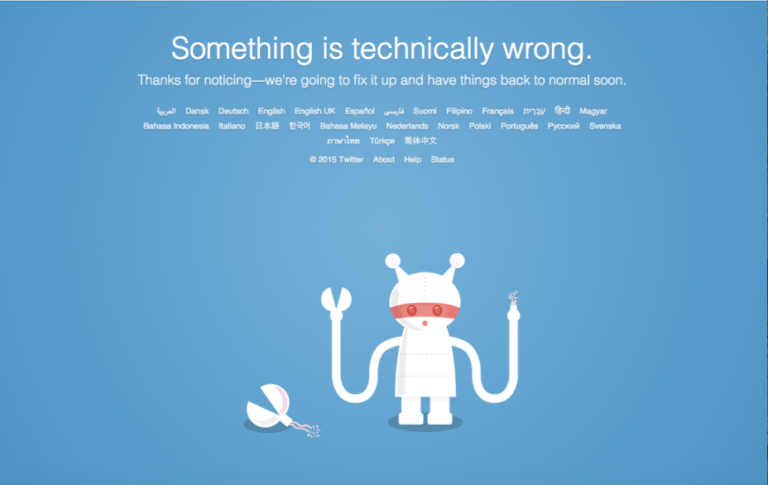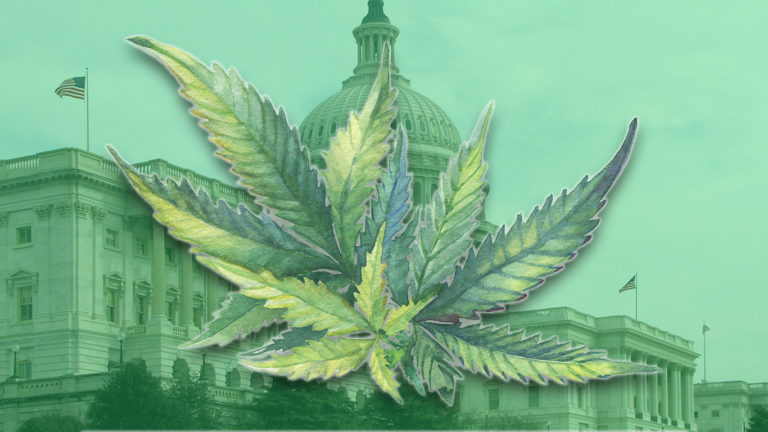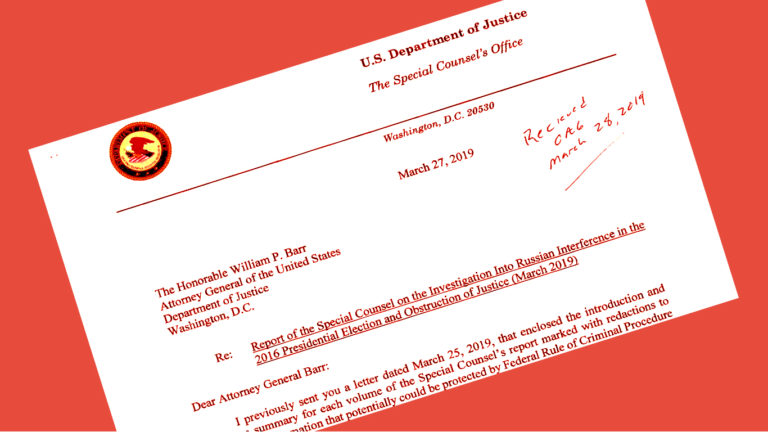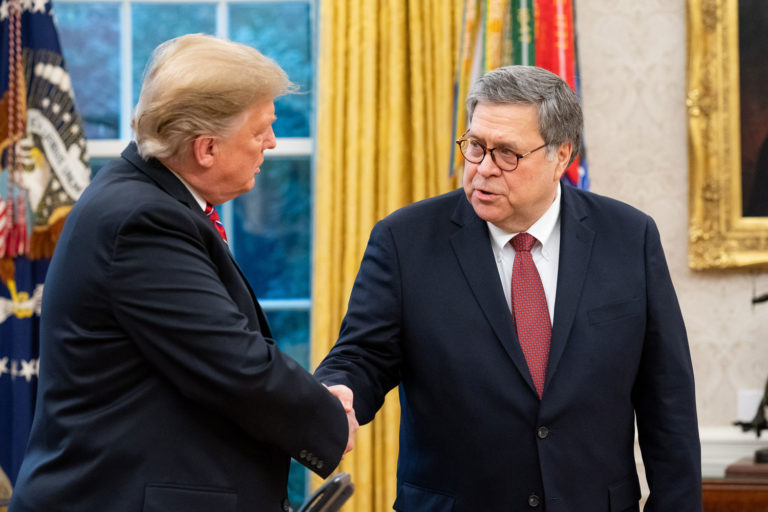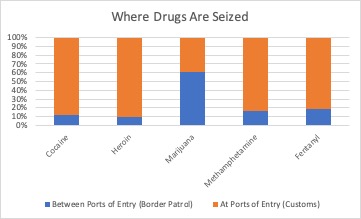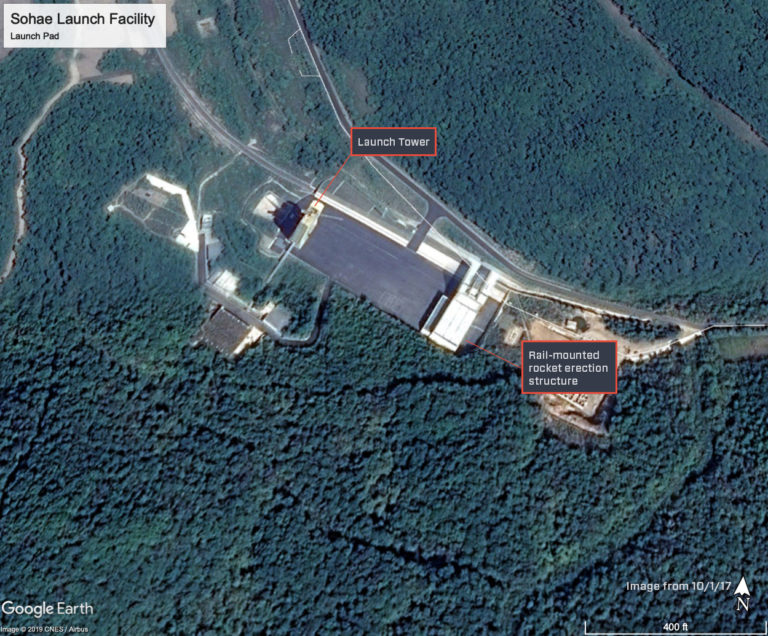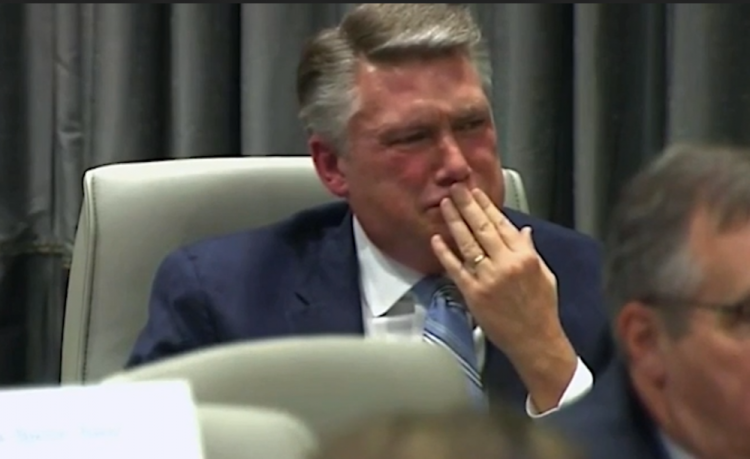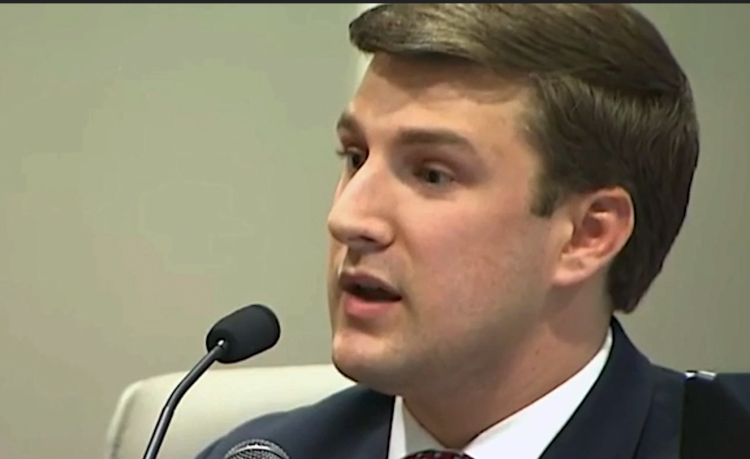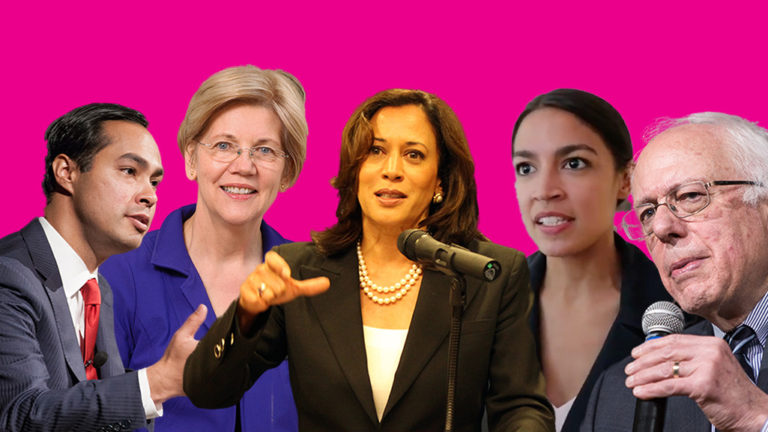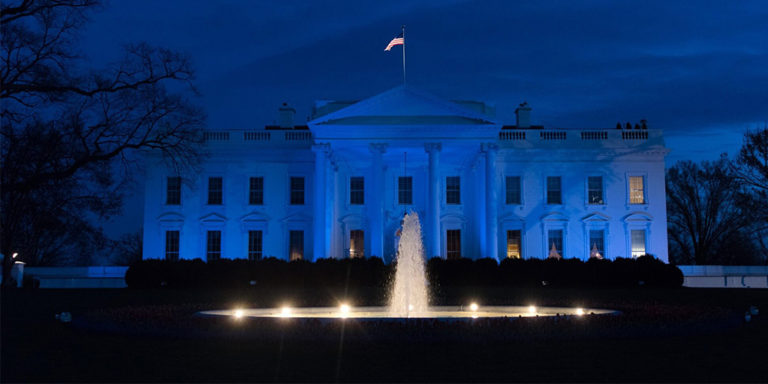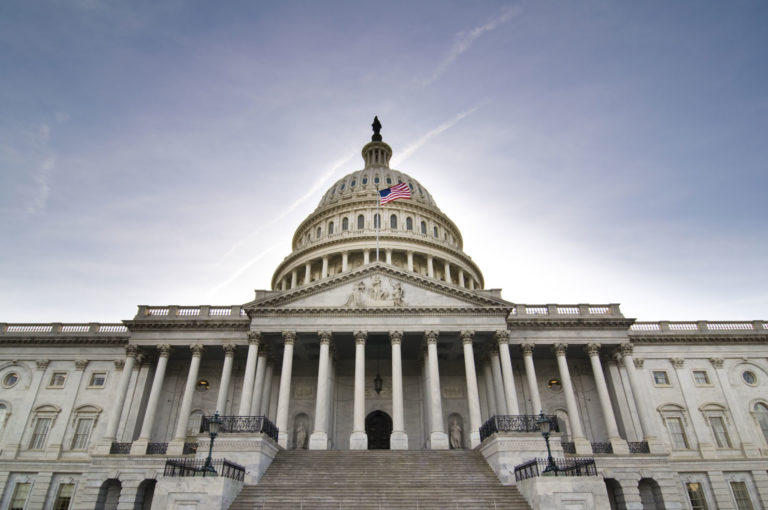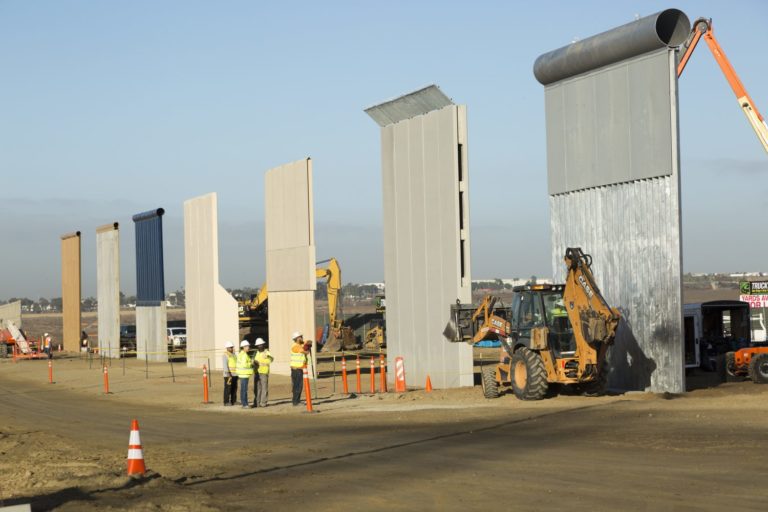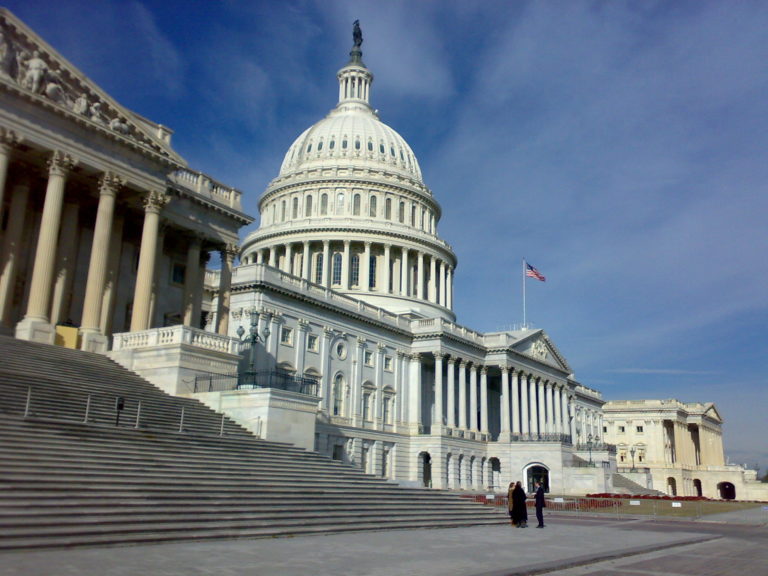The legal marijuana market is growing like weeds in the field. Analysts project that worldwide, consumers will spend $16.9 billion on legal cannabis this year. That according to a recent report by BDS Analytics and Arcview Market Research. But the cannabis industry has been burned by lack of access to green. It is a cash-only business. The reason is simple: any financial company that deals with the industry risks federal money laundering charges.
Congress is currently considering bills that would clear away legal brush by authorizing banks to accept legal cannabis funds. A usual coalition support the measures. It includes the National Association of Attorneys General, state treasurers, and the American Banking Association. They are engaged in joint lobbying efforts.
Treasurer Secretary Steven Mnuchin, Attorney General William Barr, and Federal Reserve Chairman Jerome Powell do not object. All have indicated they welcome congressional action that would hoe a path for cannabis firms to access financial markets.
The measure appears on a roll in the House. The House Financial Services Committee recently approved the Safe and Fair Enforcement Banking Act. That bill would allow banks to deal in cannabis-related business. But it will be a tougher grind in the Senate. Majority Leader Mitch McConnell and Sen. Chuck Grassley, chairman of the Senate Banking Committee, both oppose the measure. They likely will stash it in committee, never to see sunlight.
AG Memo
Deputy Attorney General James M. Cole sewed the seeds of this thicket. In August 2013 he issued a guidance memo on marijuana enforcement in light of state laws legalizing the drug. Mr. Cole noted that federal prosecutors are focused on gangs and drug cartels.
The DAG said federal prosecutors, when deciding to bring cases, should consider the whether a business was “large-scale or for-profit.” Mr. Cole warned that neither the guidance memo “nor state or local law provides a legal defense to a violation of federal law.”
The sale, distribution of marijuana was, and still is, a federal felony under the Controlled Substance Act. That law provides for both criminal and civil penalties.
Treasury: Don’t Try to Take Money
Six months later, in February 2014, the Treasury Department’s Financial Crimes Enforcement Network, or FinCen, issued its own guidance. The document effectively nipped the industry in the bud.
FinCen said banks and other financial institutions could open accounts for marijuana-related business. But, they had to conduct extensive due diligence. Also, they must file a Suspicious Activity Report for every deposit, withdrawal, or money transfers. Finally, they must file a Currency Transaction Report for anything that involves $10,000 or more. Since the cannabis industry is rolling in cash, that essentially means banks would have to continually take some action.
The guidance warned that it “is a serious crime” to distribute or dispense marijuana. FinCen went to say “financial transactions involving a marijuana-related business would generally involve funds for illegal activity.” That could subject financial institutions to prosecution under multiple federal laws. These include the USA PATRIOT Act, the Bank Secrecy Act, and the Racketeering Influenced and Corrupt Practices Act.
Bankers Balk at Taking Money, Making Loans
Financial institutions are not noted for their daring. Banks decided it was too risky to have anything to do with the sprouting industry. Only 35 financial institutions in the country deal with the cannabis industry according to Real Money. Visa and Mastercard will not allow their debit or credit cards to be used at cannabis stores or pharmacies. Gregory S. Deckard, the CEO of State Bank Northwest, said ATM companies won’t service them either.
He said credit card processors and check clearing houses have threatened to cut off services with banks that service cannabis businesses. Mr. Deckard told the committee the largest armored car company cancelled contracts with banks that serve the cannabis industry.
Many banks also will not issue loans to any cannabis-related firm. That particularly hurts minority entrepreneurs. Some states that have legalized marijuana sales have specific set asides for minorities.
Employees, Suppliers Also Hurt
The de facto ban on marijuana money also covers employees and forms that deal with the cannabis businesses.
Mr. Deckard told the House Financial Services Committee his bank won’t give loans to employees of cannabis businesses. Their salaries come from the sale of marijuana, which he noted are “illegal proceeds under federal law.”
FinCen’s guidance did not cover “third parties offering goods or services to marijuana-related businesses, such as equipment suppliers or shipping servers.” In short, the FinCen ban extends to companies that have an indirect relationship with a marijuana firm.
“Indirect connections are often difficult to identify and avoid because growers and retailers don’t operate in a vacuum,” Rachel Ross, the chief risk officer of the Credit Union National Association, told the House committee. “Like any other industry, they work hand-in-hand with vendors and suppliers. These are Main Street businesses like the printing company that makes a business card, the landlord that rents office space, and even the utility company that provides water or electricity.”
The third-party ban also covers plumbers, electricians, internet providers, and accountants. Mr. Deckard said it applies to any company that “offer their services to the general public, whose customer service base includes cannabis-related businesses.”
What’s a Cannabis Business to Do?
The owners and operators of marijuana stores and dispensaries have a limited number of options available to them. They could just take cash. But that raises major risks. A study by the Wharton School of Business Public Policy Initiative found that one in two cannabis businesses are robbed. The average take has been between $10,000 and $20,000.
Owners of some California cannabis business say they deposit cash into their personal accounts. But, if their bank notices a large amount of “suspicious” cash deposits, it must notify FinCen. That puts the owners and their businesses in legal and financial jeopardy.
Another solution is to take advantage of bank-like ventures. Hypur provides what it calls “banking solutions” for business that lack “access to basic banking services.” Hypur hypes its “electronic cannabis payments,” that transfers cash directly into business owners’ bank accounts.
Ms. Ross said cannabis businesses “are frequently bombarded with proposals for payment ‘solutions’ that are unregulated.” She did not mention Hypur or any other company. Ms. Ross did warn that “their ‘solutions’ are often very clearly a form of money laundering.”
States: Here We Come to Save the Day
Two states that have legal marijuana sales will try to bridge the banking gap. A bill in the Oregon state legislature would establish limited state-chartered banks to serve the cannabis industry. The California State Senate recently approved a bill that would do something similar. It would allow individuals to start banks that could accept cash from marijuana retailers.
There is a major problem with that idea. The federal government, which approves most banks, won’t allow it. The Federal Reserve has already rejected just such a bank. It turned down a bank chartered by the state of Colorado to serve the cannabis industry.
A report by a California State Treasurer task-force noted that state-created cannabis banks “would be fenced off from the rest of the banking system.” It wouldn’t be able to clear checks, wire funds, or process credit and debit cards. The Cannabis Banking Work Group said a state bank would be a “closed-loop system.” Customers “could only exchange funds with other customers of the [same] institution.”
Even if a state bank could overcome those obstacles, the Work Group said it “would take a long time to organize.” Some financial industry experts estimate it could take as much as a decade to create a cannabis bank.
Why the State Interest?
States are getting involved because of money. Lots of money in lost tax revenues. California, for example, saw tax collections from cannabis sales fall $100 million short of expectations. Further, the state has lowered its projected marijuana tax revenues over the next year by $223 million.
Fiona Ma, the California Treasurer, explained the problem to the House. Cannabis business owners pay their taxes in cash. Often, Ms. Ma said, stuffed in duffel bags or suitcases. “I asked how much we collected from the cannabis industry and my agency really didn’t know,” she said.
Ms. Ma said the problem does not just apply to sales taxes. “Social Security, State and, Federal Income taxes can’t be accurately collected on cash payments wage statements done manually to employees. This doesn’t allow employees to pay into – or receive – Social Security benefits,” she said.
Advocates say the only permanent solution would come from the federal government. Congress can either legalize marijuana or create a safe harbor so banks can accept money from legal marijuana stores. Or the industry risks going to pot.


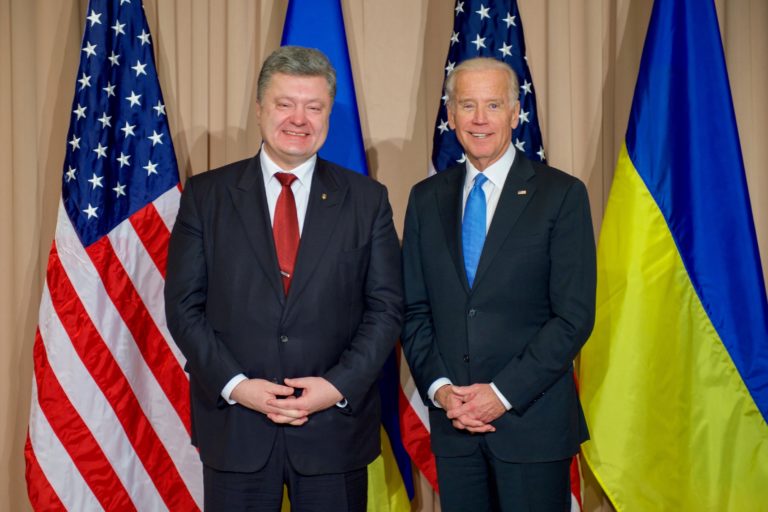





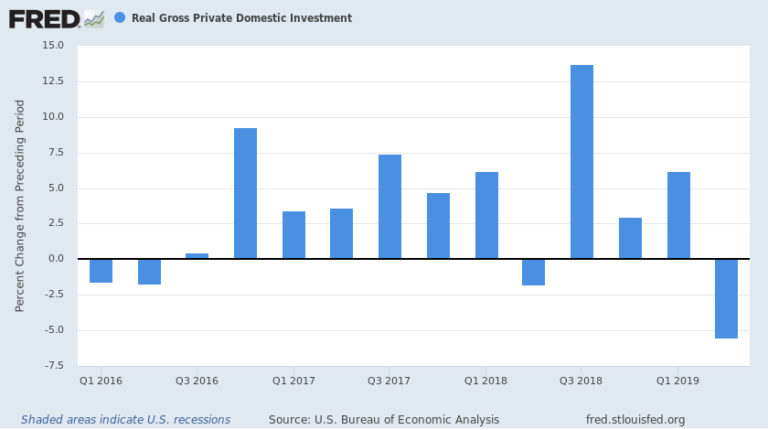
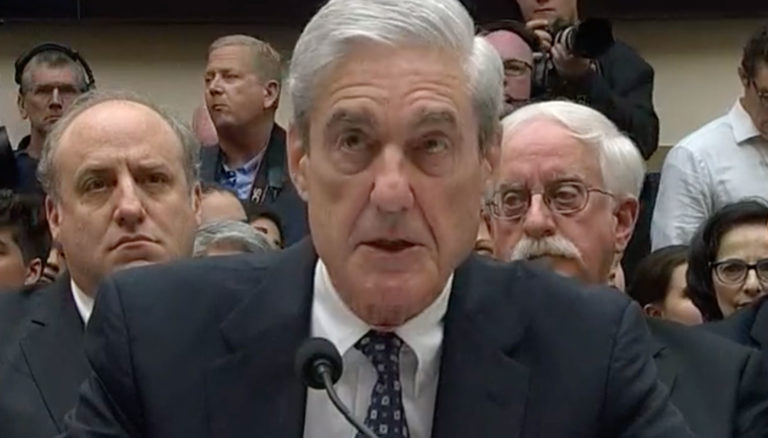

 “In his most prescriptive book to date, financial expert and investment advisor James Rickards shows how and why our financial markets are being artificially inflated–and what smart investors can do to protect their assets…James Rickards, the author of the prescient books Currency Wars, The Death of Money, and The Road to Ruin, lays out the true risks to our financial system, and offers invaluable advice on how best to weather the storm.” – Penguin/Portfolio
“In his most prescriptive book to date, financial expert and investment advisor James Rickards shows how and why our financial markets are being artificially inflated–and what smart investors can do to protect their assets…James Rickards, the author of the prescient books Currency Wars, The Death of Money, and The Road to Ruin, lays out the true risks to our financial system, and offers invaluable advice on how best to weather the storm.” – Penguin/Portfolio
